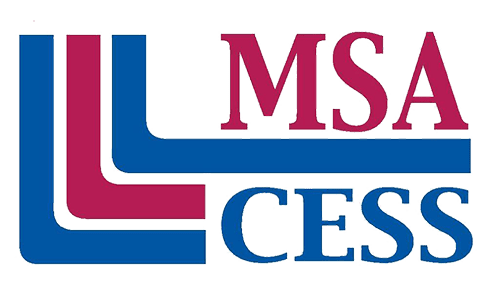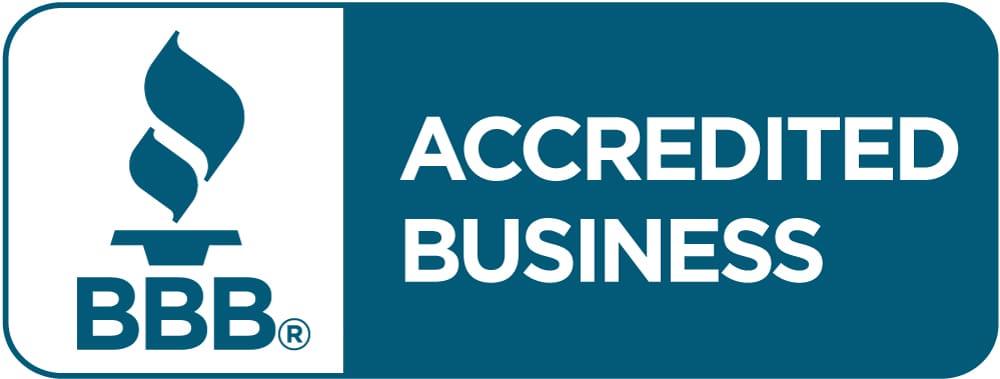Here at ACI Medical & Dental School, we offer students courses and curriculum to prepare our students for successful careers in the medical and dental communities. Because medical courses and professions are rife with abbreviations that occur frequently in the industry, we thought we would supplement our courses for students aspiring to be Medical Assistants, Phlebotomists, or Dental Assistants with a blog post focused on medical abbreviations and what they may mean for students:
EKG: EKG is an abbreviation that is all too familiar for many of our EKG Technician students as well as our students who are studying to become a Medical Assistant with Phlebotomy, EKG, and Patient Care Tech. EKG stands for Electrocardiogram; but if the acronym speaks to cardiograms, why is it commonly referred to with a K? The “K” in EKG stems from the Greek word for heart, kardia, which leads to the common acronym for Electrocardiogram. This procedure is an interpretation of electrical activity through the heart, and the data is obtained by placing electrodes on different areas of the body surface to record the heart’s activity. It’s a noninvasive procedure, meaning that it is not surgical in nature, and among the most vital procedures for detecting cardiac abnormalities or even a heart attack.
TPR & BP: TPR and BP are medical abbreviations that also extend to those studying to be Medical or Dental Assistants, and may be equally important for those studying to become a Medical Administrative Assistant, as it is likely to be an acronym on nearly every document for a patient. TPR stands for stands for Temperature, Pulse, and Respiration, and is among the most common items on a medical form for any patient. Even for those in good health coming in for a physical, these measurements can yield a fantastic snapshot of a patient’s overall health. BP, of course, stands for blood pressure, and will also generally be reported alongside the TPR for a patient. Together, these may be further abbreviated as the VS for a client, or the Vital Signs.
NWB: While this may be an abbreviation relegated to those working with physical therapists or doctors of rehabilitating patients, this can be an important acronym to become familiar with. NWB refers to “Non-Weight Bearing”, and for any Medical Assistants working with those recovering from injury or on crutches, this may be a crucial abbreviation to note considerations for the limb that is recovering from injury.
OR: For those who are working in the medical field, this also may be a common medical acronym that does not refer to a grammatical conjunction, but instead refers to the theatre for invasive procedures: OR stands for Operating Room, and may be included on those in need of intensive medical care and invasive procedures.
BS: BS has a few different meanings in the medical profession, but not one of these is the same “BS” that we would see in colloquial dialog! BS is typically when more analysis is needed in vital signs, and can reference either Blood Sugar or Breath Sounds for respiratory patients. For Medical Assistants, make sure you understand the patient’s previous health history so you know the type of BS you will need to indicate. For those who have a history of diabetes or dietary concerns in their medical record, BS may commonly refer to blood sugar, though this is often abbreviated to BG, for Blood Glucose, to prevent confusion. However, for those who are dealing with patients who have respiratory disorders, COPD, or other lung issues, BS may refer to Breath Sounds.
DDX: Differential Diagnosis. DDX refers to the diagnostic method which is essential for discerning the cause of a problem for a patient, when more than 1 possibility is under consideration. The medical team will work to gather enough information in order to eliminate conditions which aren’t the true cause of a patient’s symptoms. Besides referring to the diagnostic method, DDX can refer to each of the possible conditions in consideration.
SOB: Shortness of Breath. Also called dyspnea, SOB is the unusual and unpleasant awareness of one’s breathing. It is a symptom of a wide variety of conditions, including congestive heart failure, asthma, and lung disease.
CNS: Central Nervous System. Referring to both the brain and the spinal cord, the Central Nervous System has a major impact on activities in all other parts of the body. Diseases affecting the CNS include Parkinson’s disease, Alzheimer’s disease, and amyotrophic lateral sclerosis.
CXR: Chest X-Ray. This is a test which uses an x-ray in order to create accurate images of a patient’s lungs, which are essential for understanding the current state of their lungs. Conditions such as Pneumonia and congestive heart failure and commonly found in CXRs, and can also be used for getting a holistic understanding of a patient’s health. Our dental radiology technician training program uses the same production of radiation in theory, but instead for dental x-rays.
ENT: Ears, Nose, and Throat. ENT and Otolaryngology is the study of medical conditions affecting the 3 aforementioned areas of the body. It is one of the oldest medical specializations in the country, and the majority of patient visits to a doctor are related to the ears, nose, or throat.
EHR: EHR stands for an electronic health record. With an electronic health record, a patient’s health information can be easily accessible to different medical professionals across health networks. An EHR can contain detailed information about a patient’s well-being including their list of medications, billing information, medical history, immunizations, and much more. The usage of EHRs has been instrumental in making sure that patient information is consistently updated, accurate, and easy to maintain. Students of our medical billing and coding program will often have to work with EHRs, and will come to be comfortable managing them effectively.
HR (Heart Rate): Heart rate refers to how often your heart beats per minute, expressed as bpm (beats per minute). A patient’s heart rate is essential for understanding a patient’s health and is a vital measurement in many physician offices. As our Medical Assistant program students know, normal heart rates range from 60-100bpm and heart rates outside of this range are considered abnormalities in heart rate. Heart rates can be indicative of a number of different medical conditions, including cardiovascular disease, hypothyroidism, and anemia.
EMT: An EMT is an emergency medical technician, who is educated and trained in order to address critical, time-sensitive medical situations. There are 4 different levels of EMTs who are all able to best address different emergency situations. EMTs can respond to a wide variety of situations, which makes them sought after by a number of different organizations including the police department, fire department, and more. The swift attention from EMTs has saved countless lives over the years, and continues to play an important role in the medical community.
IV: IV stands for intravenous therapy, which is the practice of introducing fluids directly into a patient’s veins. Often conducted by nurses, intravenous therapy is one of the most efficient ways of inserting important liquids into a patient. There are a number of uses for IVs, including chemotherapy, and blood transfusion.
HGB: Hgb stands for hemoglobin, which is one of the carriers of oxygen in the blood stream. Hemoglobin is essential for transporting oxygen and other gases, and provides the body with the energy it needs for a wide variety of purposes. Hemoglobin makes up the majority of red blood cells, and abnormal levels of hemoglobin are indicative of patient health and can often be consulted for diagnosis. Low levels of hemoglobin have been associated with conditions such as kidney failure, sickle-cell disease, and nutritional deficiencies. High hemoglobin levels on the other hand can be connected to lung disease, dehydration, and polycythemia rubra vera.









